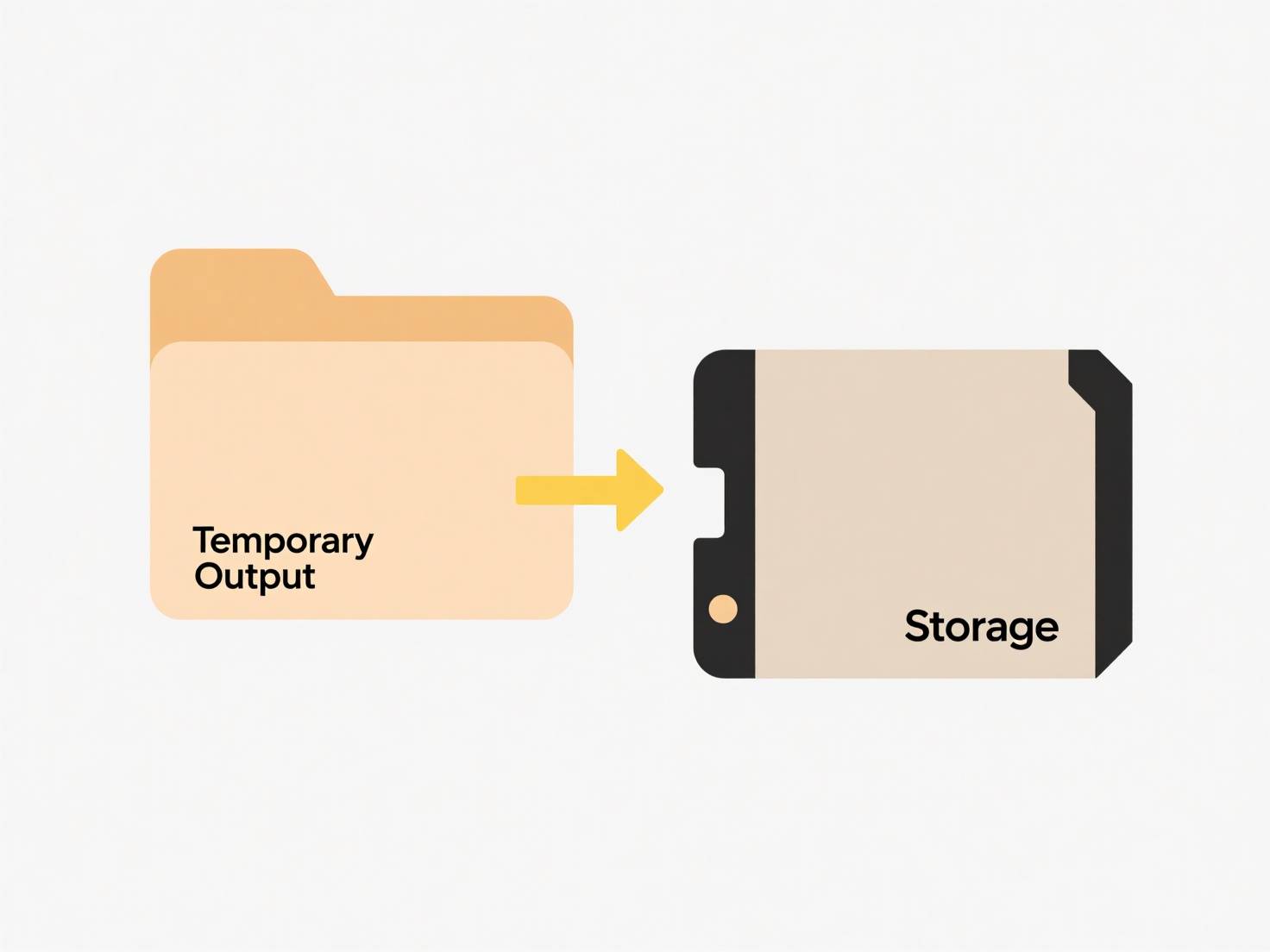
A good image asset naming strategy applies clear, consistent conventions to filenames, making images identifiable and searchable. This differs from generic or random names like 'IMG_001.jpg' by using descriptive keywords relevant to the image content, purpose, and context. Key practices include using lowercase letters, hyphens instead of spaces (e.g., 'red-widget-product-shot.jpg'), avoiding special characters, and often including relevant identifiers like a date or version number where appropriate for organization.
For example, an e-commerce site might name a product photo: 'blue-t-shirt-model-front-20240501.jpg', clearly describing the item, color, context, and update date. A digital marketing campaign asset could be named 'summer-sale-banner-728x90-v2.png', indicating its content, format type, dimensions, and version. This is crucial in web development (for SEO alt text context) and digital asset management systems requiring searchable files.

Such a strategy significantly improves findability, enhances SEO by providing context clues to search engines, and streamlines team workflows. Limitations include needing initial agreement on conventions and discipline to maintain consistency across teams. As repositories grow, combining descriptive names with structured folder organization and metadata tagging becomes essential for scalability and efficient management. Poor naming creates significant long-term workflow inefficiencies.
What’s a good naming strategy for image assets?
A good image asset naming strategy applies clear, consistent conventions to filenames, making images identifiable and searchable. This differs from generic or random names like 'IMG_001.jpg' by using descriptive keywords relevant to the image content, purpose, and context. Key practices include using lowercase letters, hyphens instead of spaces (e.g., 'red-widget-product-shot.jpg'), avoiding special characters, and often including relevant identifiers like a date or version number where appropriate for organization.
For example, an e-commerce site might name a product photo: 'blue-t-shirt-model-front-20240501.jpg', clearly describing the item, color, context, and update date. A digital marketing campaign asset could be named 'summer-sale-banner-728x90-v2.png', indicating its content, format type, dimensions, and version. This is crucial in web development (for SEO alt text context) and digital asset management systems requiring searchable files.

Such a strategy significantly improves findability, enhances SEO by providing context clues to search engines, and streamlines team workflows. Limitations include needing initial agreement on conventions and discipline to maintain consistency across teams. As repositories grow, combining descriptive names with structured folder organization and metadata tagging becomes essential for scalability and efficient management. Poor naming creates significant long-term workflow inefficiencies.
Quick Article Links
Does Wisfile rename folders as well as files?
Does Wisfile rename folders as well as files? Wisfile focuses exclusively on intelligent renaming of individual files....
How do I name temporary or draft files clearly?
Temporary or draft files require consistent naming conventions to avoid confusion, accidental overwrites, and disorganiz...
Why is the file corrupted after transferring over USB?
File corruption after USB transfer means the copied data doesn't match the original source file, making it unreadable or...